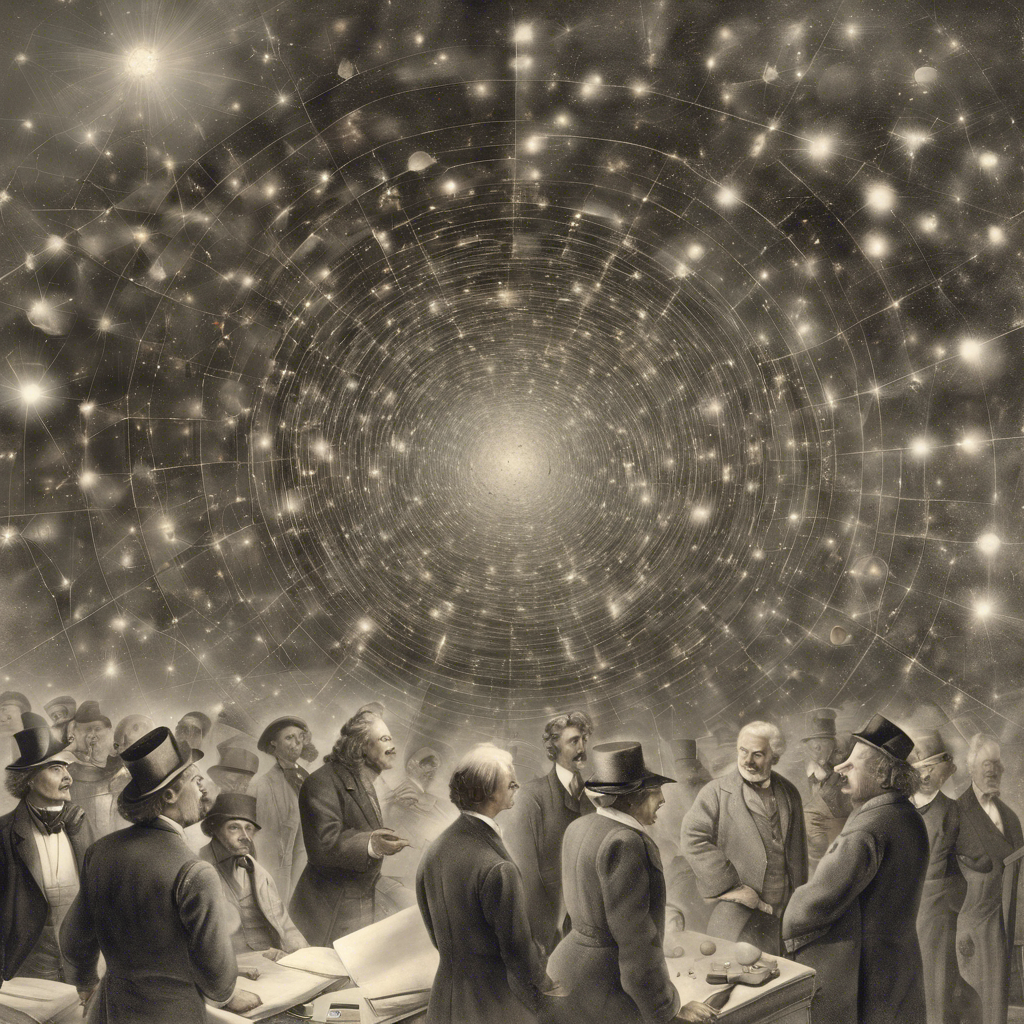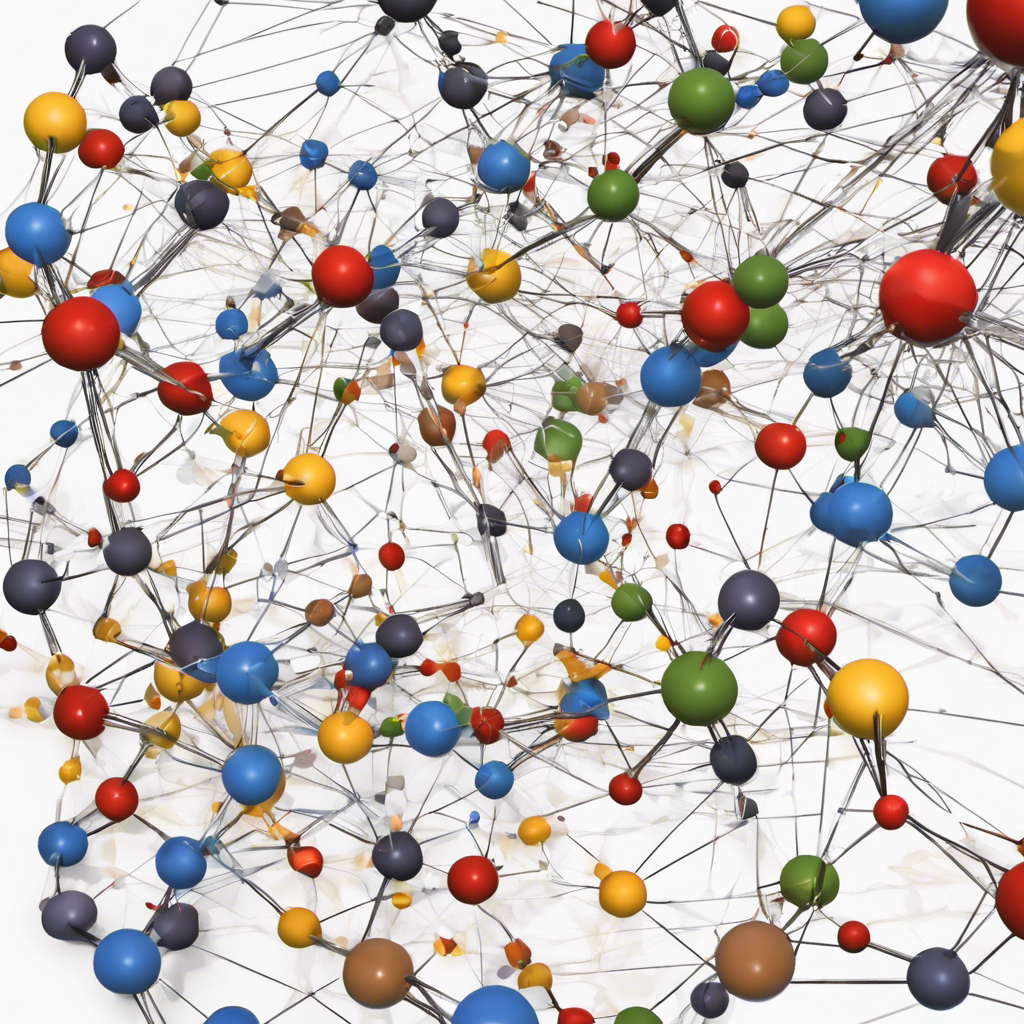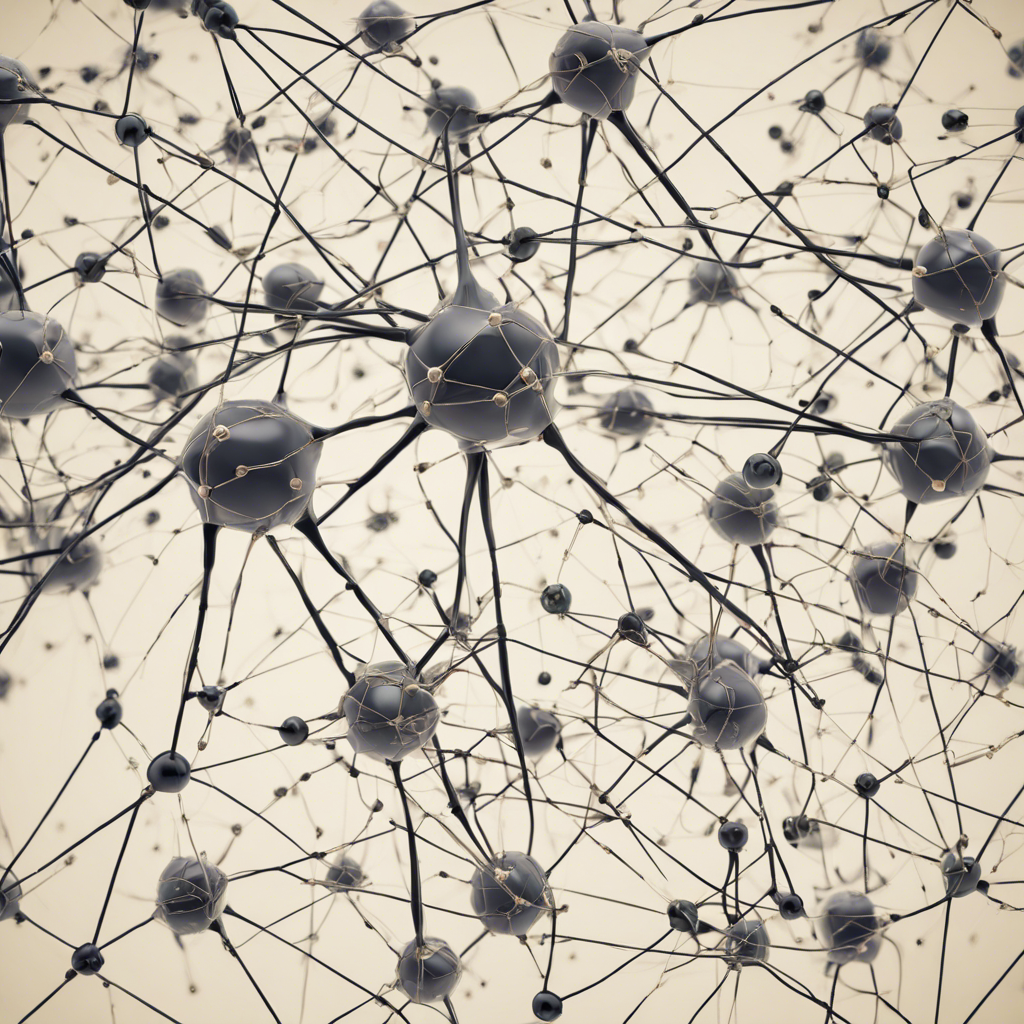A Global Contest Celebrates the Creative Renditions of Einstein Tiles
In a world where patterns often repeat themselves, the discovery of a shape that can tile an infinite flat surface without repetition has captivated mathematicians and artists alike. Dubbed “einsteins,” these aperiodic monotiles have sparked a revolution in the world of geometry. A year after the initial discovery, a global contest has been held to celebrate the creativity and ingenuity of individuals who have reimagined these einsteins. With submissions pouring in from all corners of the globe, the winners are set to be honored at a prestigious ceremony in the House of Commons in London.
The Birth of the Hat: Unveiling the Aperiodic Monotile
The journey of the einstein tiles began with a small team of mathematical tilers who stumbled upon the elusive “aperiodic monotile.” Led by David Smith, a shape hobbyist from England, the team discovered a shape that could tile an infinite flat surface without repeating. This groundbreaking discovery, affectionately named “the hat,” opened up new possibilities in the world of geometry. The hat tiling, with its ability to create reflections and mirror images, showcased the immense potential of aperiodic monotiles.
The Global Contest: A Celebration of Creativity
The National Museum of Mathematics in New York and the United Kingdom Mathematics Trust in London joined forces to launch a contest inviting individuals from around the world to showcase their creative renditions of einstein tiles. The response was overwhelming, with 245 submissions pouring in from 32 countries. The diverse range of entries showcased the boundless creativity and imagination of participants, leaving the judges in awe.
Honoring the Winners: A Ceremony at the House of Commons
After careful deliberation, a panel of judges, including David Smith himself, selected three winners and nine finalists from the pool of entries. Each winner will receive a prestigious award of 5,000 British pounds, while the finalists will be awarded 1,000 pounds each. The winners and finalists will be honored at a ceremony held at the historic House of Commons in London, a testament to the significance of their contributions to the world of mathematics and art.
The Impact of Einsteins: A Revolution in Geometry
The discovery of aperiodic monotiles has had a profound impact on the field of geometry. It has challenged traditional notions of symmetry and repetition, pushing mathematicians and artists to explore new frontiers. The einstein revolution has sparked a renewed interest in the beauty and complexity of patterns that do not conform to the familiar repetitions we encounter in our daily lives. It has opened up avenues for further research and artistic exploration, inspiring a new generation of thinkers to delve into the intricate world of aperiodic monotiles.
Conclusion:
The einstein revolution continues to captivate the world with its groundbreaking discoveries and creative renditions. From the birth of the hat to the global contest celebrating the ingenuity of individuals, the impact of aperiodic monotiles on the world of mathematics and art cannot be understated. As we honor the winners and finalists at the House of Commons, we are reminded of the limitless possibilities that lie within the realm of einstein tiles. The einstein revolution has forever changed our understanding of patterns and symmetry, leaving us in awe of the beauty and complexity that can arise from a shape that refuses to repeat itself.











